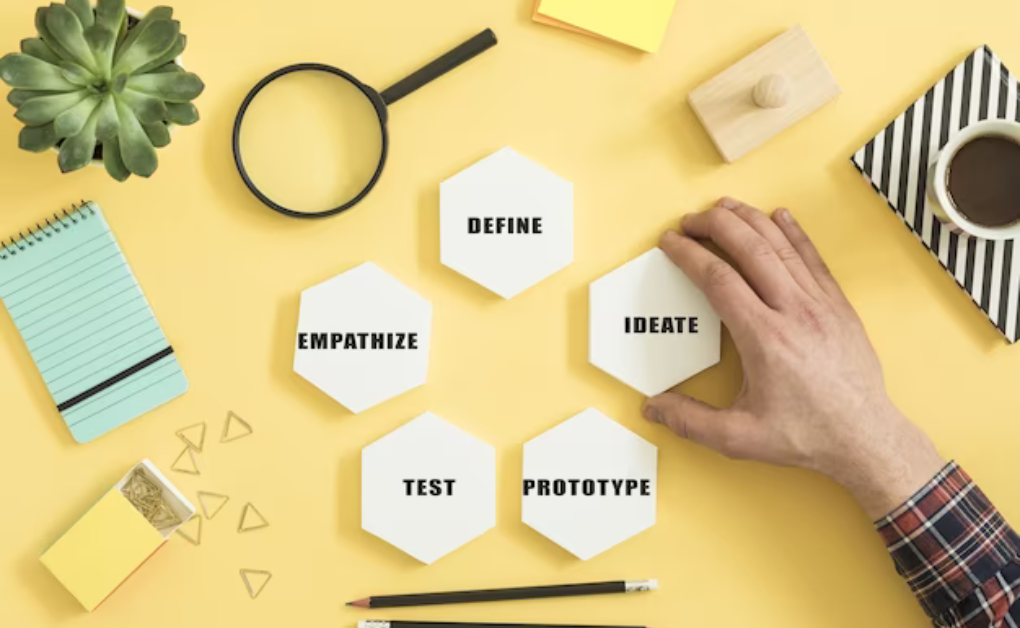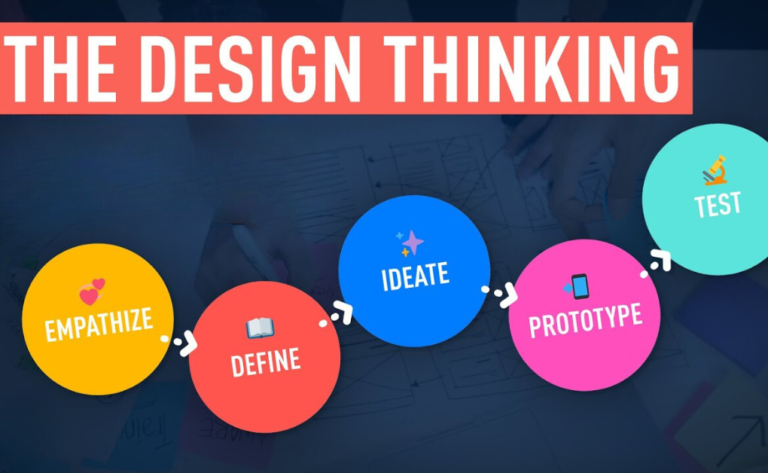User-Centered Design for Mobile Apps
Introduction
User-Centered Design for Mobile Apps – In the ever-evolving landscape of mobile app development, the adage “user is king” couldn’t be more relevant. User-centered design (UCD) is a foundational principle that has gained paramount importance in the tech industry. This approach prioritizes the needs, preferences, and expectations of users throughout the design and development process, resulting in mobile apps that not only delight users but also drive business success.
In this blog, we will delve into the significance of user-centered design principles in mobile app development. We’ll explore the concept of UCD, its relevance to businesses, and provide real-world examples of successful apps that owe their triumph to user-centric practices.
Understanding User-Centered Design
 User-centered design is a design approach that places the end-users at the core of the product development process. It focuses on crafting products that are intuitive, accessible, and enjoyable for the people who will use them. UCD consists of a series of iterative steps that aim to gain a deep understanding of user needs, iteratively design solutions, and continuously test and refine the product. This methodology fosters empathy for users and results in products that resonate with their desires and preferences.
User-centered design is a design approach that places the end-users at the core of the product development process. It focuses on crafting products that are intuitive, accessible, and enjoyable for the people who will use them. UCD consists of a series of iterative steps that aim to gain a deep understanding of user needs, iteratively design solutions, and continuously test and refine the product. This methodology fosters empathy for users and results in products that resonate with their desires and preferences.
The Relationship Between UCD and Business Success
 The relationship between user-centered design and business success is symbiotic. When businesses invest in UCD principles, they reap a multitude of benefits that ultimately contribute to their growth and profitability.
The relationship between user-centered design and business success is symbiotic. When businesses invest in UCD principles, they reap a multitude of benefits that ultimately contribute to their growth and profitability.
Enhanced User Satisfaction: By putting users at the forefront of the design process, businesses create products that align with user expectations. Satisfied users are more likely to engage with the app, provide positive reviews, and remain loyal customers.
Improved User Retention: Apps that are intuitive and user-friendly are less likely to experience high churn rates. A user-centric approach ensures that users find value in the app and are more likely to continue using it.
Increased Conversion Rates: User-centered design optimizes the user journey, making it easier for users to achieve their goals. Whether it’s making a purchase, signing up for a service, or simply navigating the app, a well-designed experience can lead to higher conversion rates.
Positive Brand Image: Apps that prioritize user satisfaction tend to build positive brand reputations. Word-of-mouth recommendations and positive app store reviews can significantly boost a brand’s image and credibility.
Cost Savings: While it may seem counterintuitive, investing in user-centered design can lead to cost savings in the long run. Identifying and addressing usability issues early in the development process is far less expensive than fixing them after the app is launched.
Real-World Examples of Successful Apps
 Let’s take a closer look at some mobile apps that have harnessed the power of user-centered design principles to achieve remarkable success:
Let’s take a closer look at some mobile apps that have harnessed the power of user-centered design principles to achieve remarkable success:
Uber:
Uber revolutionized the transportation industry by addressing a fundamental user need – convenient and affordable transportation. The app’s user-centric approach offers features like real-time tracking, driver ratings, and cashless payments, making it incredibly user-friendly. This focus on user convenience has propelled Uber to become a global giant in the ride-sharing industry.
Instagram:
Instagram’s clean and intuitive interface has made it one of the most popular social media platforms. User-centered design principles have been instrumental in enhancing user engagement through features like easy photo sharing, visually appealing feeds, and user-friendly filters. Instagram’s continuous updates and improvements reflect their commitment to meeting user needs.
Airbnb:
Airbnb’s success story is rooted in its commitment to providing a personalized and hassle-free experience for travelers. The platform’s user-centered design approach allows users to search for accommodations that suit their preferences, read reviews, and communicate with hosts seamlessly. Airbnb’s success lies in its ability to make users feel at home, no matter where they are in the world.
Key Principles of User-Centered Design
 To implement user-centered design effectively, it’s essential to adhere to key principles that guide the design process:
To implement user-centered design effectively, it’s essential to adhere to key principles that guide the design process:
User Research: Begin by gaining a deep understanding of your target audience through user research. This involves interviews, surveys, and observation to uncover user needs, behaviors, and pain points.
Iterative Design: Design should be an iterative process, with regular testing and feedback from users. This approach allows for continuous refinement and improvement.
Usability Testing: Conduct usability tests to evaluate how users interact with your app. This helps identify usability issues early in the development process.
Accessibility: Ensure that your app is accessible to users with disabilities. Compliance with accessibility standards not only broadens your user base but also reflects positively on your brand.
Consistency: Maintain consistency in design elements, such as navigation, icons, and typography, to create a coherent and intuitive user experience.
Feedback Integration: Actively seek and incorporate user feedback into your design iterations. This demonstrates a commitment to meeting user needs.
Prototyping: Create prototypes to visualize and test app concepts before investing heavily in development. Prototyping allows for quick adjustments and saves time and resources.
Conclusion
In a mobile app landscape teeming with competition, user-centered design is the differentiating factor that can make or break an app’s success. Prioritizing user needs, preferences, and feedback not only enhances user satisfaction but also drives tangible business benefits. Successful apps like Uber, Instagram, and Airbnb are shining examples of how UCD principles can propel an app to unprecedented heights.
As businesses continue to embrace user-centered design, the app development process becomes a journey of discovery, empathy, and refinement. It’s a journey that leads to apps that not only meet users’ needs but also exceed their expectations, ultimately resulting in business success and sustained growth in today’s mobile-first world. So, remember, when it comes to mobile app development, the user truly reigns supreme, and user-centered design is the key to unlocking their hearts and wallets. Hope this blog helps you to understand about how, User-Centered Design for Mobile Apps.







